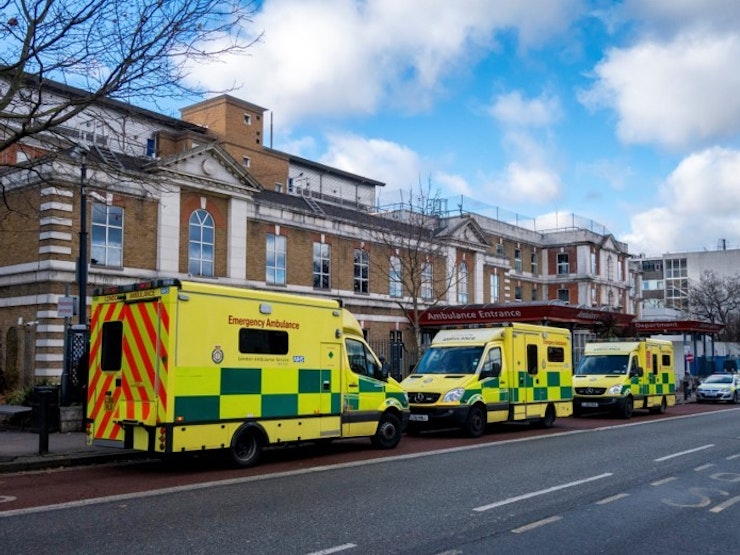A drink drive limit of 50mg per 100ml blood was introduced in Scotland on 5 December 2014. As well as being a road safety measure, this was one of a wide range of measures to reduce alcohol related harm introduced in Scotland from 2007 onwards. These included restrictions on store displays, discounting of alcohol purchases and minimum unit pricing which was introduced in May 2018.
The lowering of the limit in Scotland from 80mg to 50mg brought Scotland in line with the majority of European nations. England, Wales and Northern Ireland are the only EU countries which retain an 80mg limit for all drivers. Progress was made by the Northern Ireland Assembly in 2016 as legislation was passed to lower the limit to 50mg but this measure has yet to be implemented. Malta has a 80mg limit, but similar to many countries, also has a lower limit of 20mg for the first two years of driving and a zero limit for many professional drivers. Sweden, Poland, Finland, Estonia and Cyprus have a limit of 0.2mg and Slovakia, Hungary, Czech Republic and Romania have a zero limit. The enforcement of these limits and the penalties vary in different countries.
The story of the lowering of the limit in Scotland starts with the North Report, a review of Drink and Drug Driving law commissioned by the UK Government. The 2010 report recommended a reduction in the drink drive limit to 50mg. A lower limit for younger drivers was also considered, but it was suggested it should reviewed 5 years after the introduction of the 50mg limit. North noted the high levels of public support for lowering the limit and said a reduction “would undoubtedly save a significant number of lives.”
The then Transport Secretary, Phillip Hammond, announced in 2011 that the UK Government rejected both of these recommendations on the grounds that most offenders already disregarded the current limit and would not respond to a lower limit. The detailed UK Government response showed they were concerned about the impact on the alcohol industry of a reduced limit. The British Beer and Pub Association (BPPA) argued to the Commons Transport Committee that the 80mg level had public support and a lower limit could “lose credibility.” The BBPA went on to further claim that 18,000 pubs “could be affected” by a lowering of the limit.
The Scottish Government were committed to implementing the recommendations of the report and sought the devolution of drink drive legislative powers to the Scottish Parliament. The Scottish Government sought powers to introduce random breath testing and to vary drink driving penalties, but only the power to reduce the limit was devolved. The lowering of the limit was subsequently unanimously supported by the Justice Committee of the Scottish Parliament and quickly implemented.
Similar to the rest of the UK, there was strong public support in Scotland for the lowering of the limit, however, it was only when the implementation date was set that there was substantial public discussion. There were few voices opposing the lowering of the limit, and the changes kick started an extensive media discussion of alcohol use and harms more generally.
The introduction of the lower limit was smooth and well accepted by the public. The overall road safety impact of the measure is difficult to assess as only 10% of fatal and serious accidents are estimated to involve drivers above the legal limit. The only published study so far showed no reduction in overall road traffic accidents. However, it seems clear that the public see value in a lower drink drive limit and the lower limit may in time contribute to safer roads and reduced alcohol related harm. It is positive that public support for action on drink driving in Scotland still remains strong even with the implementation of the lower limit.
The policies laid out in the Alcohol Charter represent realistic, powerful ways to reduce the harm caused by alcohol. Help make them happen.


